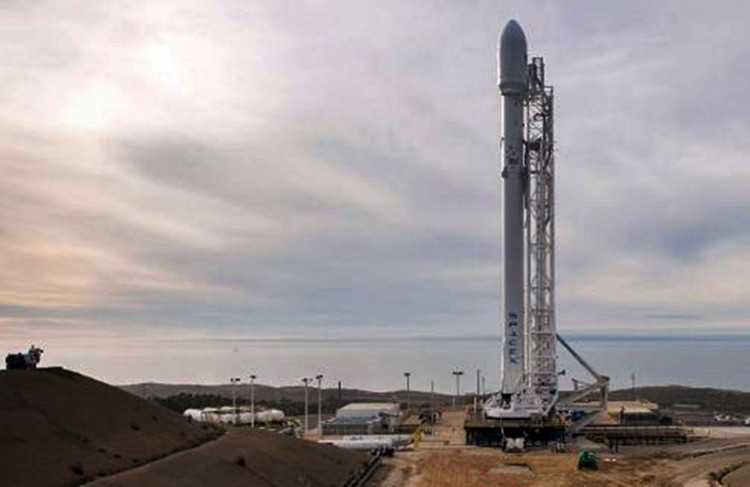After being delayed for more than a week, the SpaceX mission that will take 71 satellites into Low Earth Orbit (LEO) will finally blast-off Wednesday (Nov. 28) between 10:31 a.m. and 11 a.m. from Vandenberg Air Force Base in California. The launch was originally scheduled for Nov. 19.
The historic SpaceX mission codenamed "SS0-A: Smallsat Express" will see a reusable Falcon 9 launch vehicle orbit 56 cube satellites (CubeSats) and 15 microsatellites (microsats) developed by 50 different organizations from 18 countries, including the United States.
This spacecraft range in size from a refrigerator to those as small as a smartphone. The missions of this odd assemblage of spacecraft are even more diverse.
There are cutting-edge technology demonstrators for communications and Earth observation. Also on the manifest are advanced propulsion systems; formation flying spacecraft; university experiments; high school projects; art and even tomatoes. There's also a capsule containing the cremains (cremated remains) of a 100 persons that will be buried in LEO.
This space burial mission called "Star II Mission" from San Francisco-based Elysium Space will involve lifting into LEO a representative sample of cremains for 100 people from around the world. Star II is called a "memorial spacecraft." Elysium said Star II will be the first dedicated satellite ever launched for space burials.
Each of the 71 spacecraft on the SS0-A mission is the culmination of people's aspirations to use the advantages of space to improve life here on Earth, or sometimes just to do cool stuff to inspire the next generation of scientists, engineers, businessmen and explorers, according to Jeff Roberts, Spaceflight's SS0-A mission director.
Clearing the way for today's blast-off was a successful static fire test at Vandenberg. The test saw a countdown and firing the engines while the rocket remained static, a test SpaceX conducts before each mission as a failsafe precaution.
SpaceX won't land the reusable first stage booster at Vandenberg, but will instead land the machine on "Just Read the Instructions" (JRI), one of its floating drone-ships whose area covers the Pacific Ocean.
NASA describes a CubeSat as belonging to a class of research spacecraft called nanosatellites. CubeSats have standard dimensions called Units or "U." These dimensions are 10 cm x 10 cm x 10 cm. They can be combined to form configurations called 1U, 2U, 3U, or 6U (six connected CubeSats) in size. They typically weigh some 1.3 kg per U.






